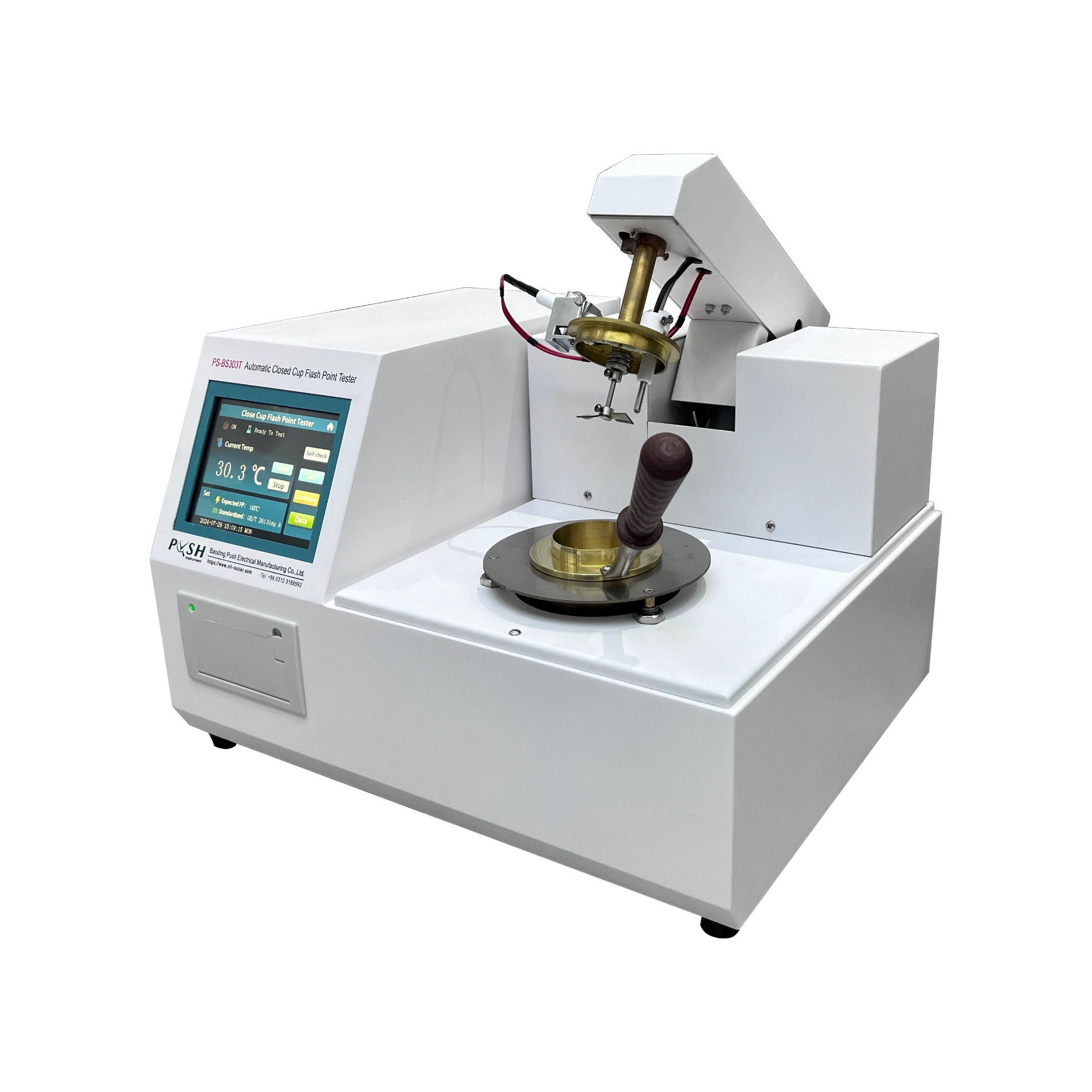 English
English



-
 Afrikaans
Afrikaans -
 Albanian
Albanian -
 Amharic
Amharic -
 Arabic
Arabic -
 Armenian
Armenian -
 Azerbaijani
Azerbaijani -
 Basque
Basque -
 Belarusian
Belarusian -
 Bengali
Bengali -
 Bosnian
Bosnian -
 Bulgarian
Bulgarian -
 Catalan
Catalan -
 Cebuano
Cebuano -
 China
China -
 China (Taiwan)
China (Taiwan) -
 Corsican
Corsican -
 Croatian
Croatian -
 Czech
Czech -
 Danish
Danish -
 Dutch
Dutch -
 English
English -
 Esperanto
Esperanto -
 Estonian
Estonian -
 Finnish
Finnish -
 French
French -
 Frisian
Frisian -
 Galician
Galician -
 Georgian
Georgian -
 German
German -
 Greek
Greek -
 Gujarati
Gujarati -
 Haitian Creole
Haitian Creole -
 hausa
hausa -
 hawaiian
hawaiian -
 Hebrew
Hebrew -
 Hindi
Hindi -
 Miao
Miao -
 Hungarian
Hungarian -
 Icelandic
Icelandic -
 igbo
igbo -
 Indonesian
Indonesian -
 irish
irish -
 Italian
Italian -
 Japanese
Japanese -
 Javanese
Javanese -
 Kannada
Kannada -
 kazakh
kazakh -
 Khmer
Khmer -
 Rwandese
Rwandese -
 Korean
Korean -
 Kurdish
Kurdish -
 Kyrgyz
Kyrgyz -
 Lao
Lao -
 Latin
Latin -
 Latvian
Latvian -
 Lithuanian
Lithuanian -
 Luxembourgish
Luxembourgish -
 Macedonian
Macedonian -
 Malgashi
Malgashi -
 Malay
Malay -
 Malayalam
Malayalam -
 Maltese
Maltese -
 Maori
Maori -
 Marathi
Marathi -
 Mongolian
Mongolian -
 Myanmar
Myanmar -
 Nepali
Nepali -
 Norwegian
Norwegian -
 Norwegian
Norwegian -
 Occitan
Occitan -
 Pashto
Pashto -
 Persian
Persian -
 Polish
Polish -
 Portuguese
Portuguese -
 Punjabi
Punjabi -
 Romanian
Romanian -
 Russian
Russian -
 Samoan
Samoan -
 Scottish Gaelic
Scottish Gaelic -
 Serbian
Serbian -
 Sesotho
Sesotho -
 Shona
Shona -
 Sindhi
Sindhi -
 Sinhala
Sinhala -
 Slovak
Slovak -
 Slovenian
Slovenian -
 Somali
Somali -
 Spanish
Spanish -
 Sundanese
Sundanese -
 Swahili
Swahili -
 Swedish
Swedish -
 Tagalog
Tagalog -
 Tajik
Tajik -
 Tamil
Tamil -
 Tatar
Tatar -
 Telugu
Telugu -
 Thai
Thai -
 Turkish
Turkish -
 Turkmen
Turkmen -
 Ukrainian
Ukrainian -
 Urdu
Urdu -
 Uighur
Uighur -
 Uzbek
Uzbek -
 Vietnamese
Vietnamese -
 Welsh
Welsh -
 Bantu
Bantu -
 Yiddish
Yiddish -
 Yoruba
Yoruba -
 Zulu
Zulu
Understanding the Importance of Hipot Testing Equipment in Electrical Safety Inspections
Understanding Hipot Test Equipment Ensuring Electrical Safety
In today's technologically advanced world, electrical safety has become a paramount concern for manufacturers, engineers, and safety inspectors. Among the suite of tools designed to assess the integrity and safety of electrical devices, Hipot test equipment stands out as a critical instrument. The term Hipot is derived from high potential, and it refers to tests that apply high voltage to electrical equipment and insulation to ensure that they can safely operate without failure.
What is Hipot Testing?
Hipot testing is a crucial procedure designed to evaluate the electrical insulation of equipment by applying a high voltage, typically ranging between 500 to 5000 volts, depending on the type of device being tested. The test identifies any weaknesses in insulation that could potentially lead to electrical arcs, breakdowns or hazardous conditions. The equipment being tested typically includes power cords, transformers, circuit breakers, and other electronic devices that contain electrical insulation.
Types of Hipot Tests
There are three primary types of Hipot tests dielectric withstand tests, insulation resistance tests, and leakage current tests. Each of these tests serves a distinct purpose
1. Dielectric Withstand Test (DW Test) This test applies a high voltage between the conductive parts of equipment and the earth ground to verify that the insulation between these components can withstand extreme conditions without breaking down.
2. Insulation Resistance Test (IR Test) Instead of applying high voltage, this test determines the insulation's resistance to electrical current under normal operating conditions. This is typically measured at a lower voltage (usually 250V, 500V, or 1000V) and is essential for detecting degradation over time.
hipot test equipment

3. Leakage Current Test These tests measure the amount of electrical current that leaks through insulating barriers when equipment is subjected to high voltage, ensuring that it remains within safe limits.
Importance of Hipot Testing
The importance of Hipot testing cannot be overstated. Undetected insulation failures can lead to catastrophic events, including electrical fires, equipment malfunctions, and extreme safety hazards for users. Regular Hipot testing helps ensure compliance with industry standards and regulations by identifying potential issues before they escalate. Manufacturers often perform these tests as part of their quality assurance protocols to confirm that products are safe for end-users.
Selecting the Right Hipot Test Equipment
When selecting Hipot test equipment, several factors need to be considered. The most critical is the voltage rating of the equipment, which should align with the maximum operational voltage of the device being tested. Additionally, features such as measurement accuracy, ease of use, and data logging capabilities can greatly enhance the testing process. Many modern Hipot testers come equipped with advanced functionalities, including automation for repetitive tests and safety interlocks to prevent operator exposure to high voltage.
Furthermore, it's essential to choose a reputable manufacturer known for reliable and durable test equipment. The market offers a range of products, from portable testers for fieldwork to more sophisticated systems for in-lab testing.
Conclusion
Hipot test equipment plays an indispensable role in ensuring the safety and reliability of electrical devices across various industries. By regularly conducting Hipot tests, manufacturers and safety inspectors can mitigate risks associated with electrical failures, safeguard consumers, and comply with regulatory standards. In a world where safety is paramount, investing in quality Hipot testing capabilities is not only wise but essential for the integrity of electrical products. As technology continues to evolve, so too will the methods and equipment used in electrical testing, but the core principle of ensuring safety will always remain the same.
-
Exploring the Main Types of Industrial Endoscopes and Their Applications Across IndustriesNewsJul.04,2025
-
Testing Equipment Industry Sees Major Advancements in 2025: Smart & Precision Technologies Lead the WayNewsJun.06,2025
-
Applications of Direct Current Generators in Renewable Energy SystemsNewsJun.05,2025
-
Hipot Tester Calibration and Accuracy GuidelinesNewsJun.05,2025
-
Digital Circuit Breaker Analyzer Features and BenefitsNewsJun.05,2025
-
Benefits of Real-Time Power Quality Monitoring Devices for Industrial EfficiencyNewsJun.05,2025



